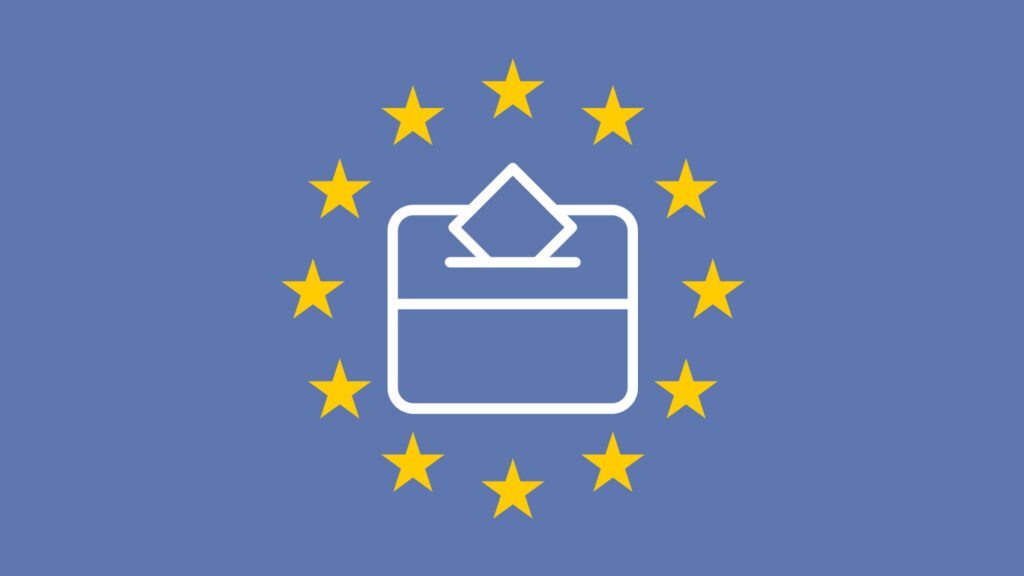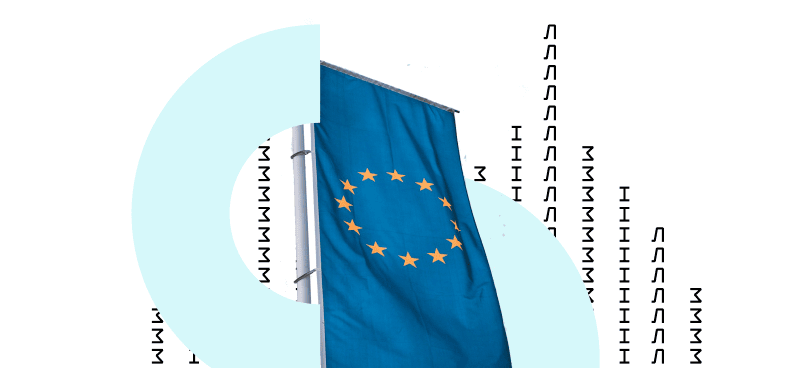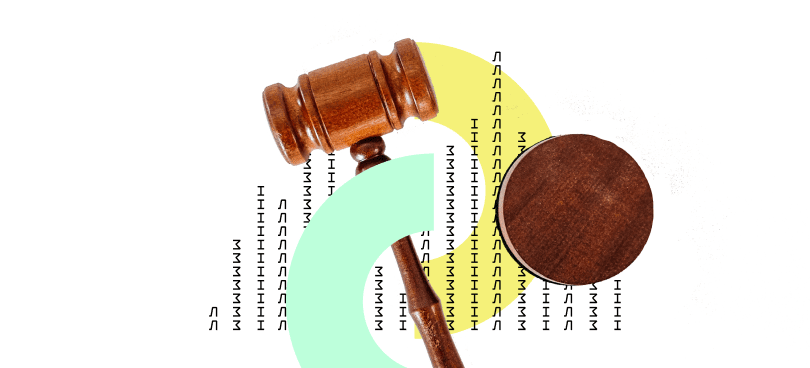The Agency for Legislative Initiatives has analyzed more than 200 referendums held in 25 European countries since 1992. Ukraine has signed an Association Agreement with the EU, has a visa-free regime, and the constitutional intention to integrate into the EU and NATO. It means that it is very likely that topics on which referendums have taken place in other European countries will one day be the subject of a referendum in Ukraine. So you should pay attention to them.
International issues related to the European Union are most often put to a referendum: for example, joining the EU by one more country or approving another agreement. Therefore, it can be assumed that Ukraine’s accession to NATO and the signing of an agreement with the EU have a good chance of being put to a referendum. Yes, Ukraine’s course towards NATO and the EU is enshrined in the Constitution, but historically, the Ukrainian Basic Law has been constantly changed in one part or another.
The second block of questions that are most often put to a referendum are issues related to family values, namely different variations on two topics:
- abortions (prohibition/permission, when, under what circumstances abortion can be performed)
- marriage (permission / prohibition of same-sex marriages).
Currently, abortions are allowed in Ukraine, and same-sex marriages are not. However, the intensification of right-wing conservative, traditionalist, or religious-political groups on the one hand or the activation of left-liberal political groups can lead to the actualization of these topics and, consequently, their submission to a referendum.
In Europe, referendums are held on very different issues, which can be grouped into 11 thematic categories:
Some topics that will be banned in Ukraine under the new law are being put to a referendum in European countries.
These include the death penalty, other justice or tax issues. It is also interesting to note that several financial issues are often put to a referendum.
If they do not concern taxes and the budget, such issues will be resolved in Ukraine as well. Among them are insurance, pension reforms, and privatization.
Legalization/prohibition of the free carrying of weapons, prostitution, gambling, and soft drugs seem to be ideal topics for referendums, as they relieve politicians of the responsibility to make the final decision on such sensitive issues. However, in none of the 25 states analyzed, these topics were put to a referendum. Thus, it can be assumed that in Ukraine, they will also not be the subject of a referendum in the nearest future.
The number of referendums is also interesting. Some say that there will be very few of them in Ukraine, while others, on the contrary, are afraid of the “storm” of popular initiatives. The number of referendums in European countries varies significantly from country to country. Some states have held only a few referendums in almost 30 years, and there are countries where the number of national referendums is measured in tens. Therefore, it is difficult to determine how frequent referendums in Ukraine will be, based on international experience, even though holding a referendum is a relatively expensive event. If we talk about the 25 states studied, then the number of referendums can be grouped into the following categories:
- A small number of referendums (1-4 referendums): Austria, Croatia, Czech Republic, Great Britain, Finland, Greece, Norway, Portugal, Spain, Sweden. Only ten countries.
- An average number of referendums (5-10 referendums): Bulgaria, Denmark, Estonia, France, Hungary, Iceland, Latvia, Poland, Romania. Only nine countries.
- Many referendums (11+ referendums) (most – 47 in Italy): the Netherlands, Ireland, Italy, Lithuania, Slovakia, Slovenia. A total of 6 countries.
Thinking about same-sex marriage and the abortion ban, we can assume that these are the problems of developed Western European democracies. Ukraine, for which the most pressing issues at present are peace, security, and territorial integrity (and the preservation of sovereignty in general, if we speak in a broad context), is far from them.
Therefore, we can look at the experience of countries more like Ukraine, at least in terms of the democracy index. We additionally looked at the experience of the following countries: Northern Macedonia, Albania, Armenia, Montenegro, Georgia, Serbia, Moldova.
All these states have had a small number of referendums (up to 5 in each country since 1992). Indeed, issues related to family values were not put to a referendum in any of these states. As in European countries, popular topics are international issues – joining NATO and agreeing to international treaties. Another block of issues put to a referendum in these states is the constituent issues – the adoption of constitutions, the approval of national symbols, or forms of government.
Thus, summarizing the review of international experience, we can draw the following conclusions for Ukraine:
- Initially, the topics of referendums in Ukraine will be international treaties and, possibly, issues of a constituent nature;
- If Ukraine is moving towards democracy and economic development, then after a while, the issues of abortion or same-sex marriage may be put to a referendum;
- Depending on the experience, referendums may remain exotic for Ukrainian political life or enter political weapons’ arsenal. If referendums would be used frequently, then their topics will be quite diverse – pensions, medicine, insurance, the electoral system, citizenship, the number of members in parliament, president authority, funding of political parties – these and many other topics will be put to referendums.

















